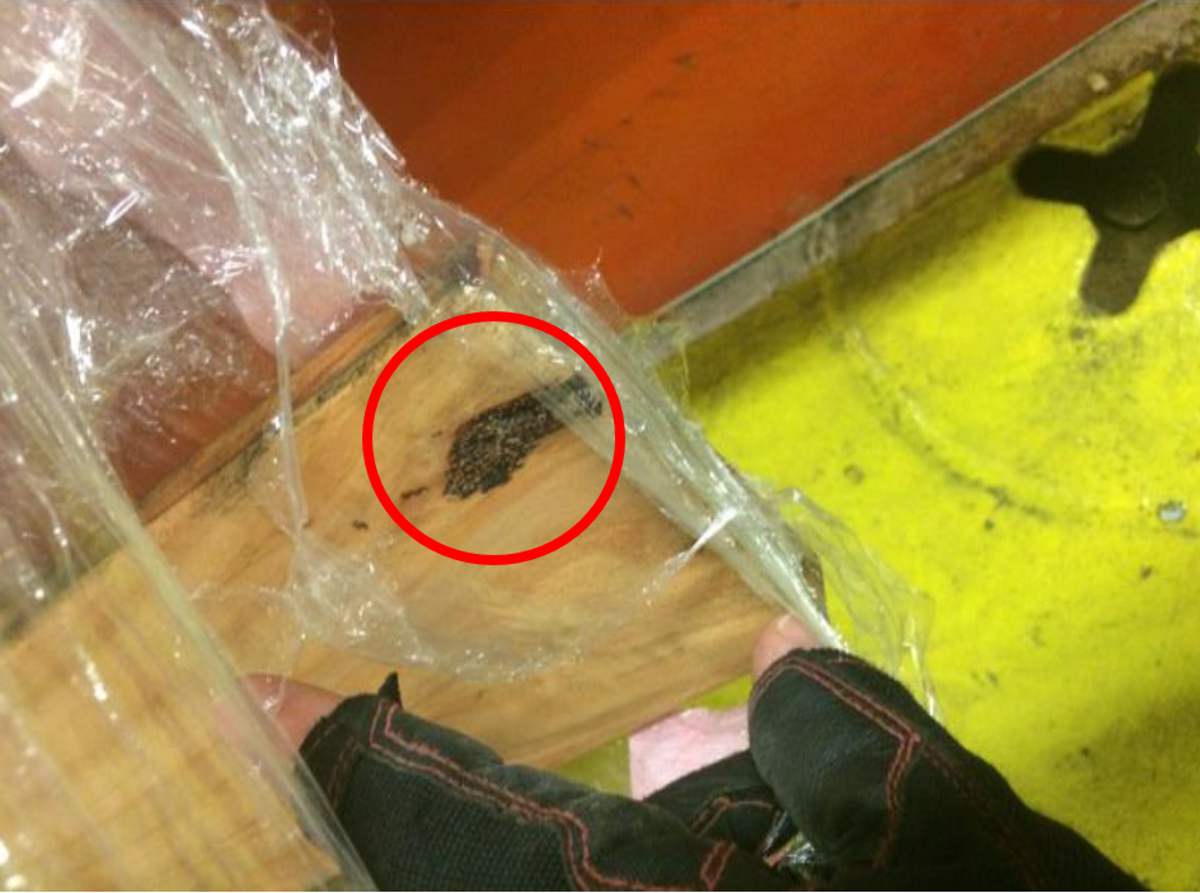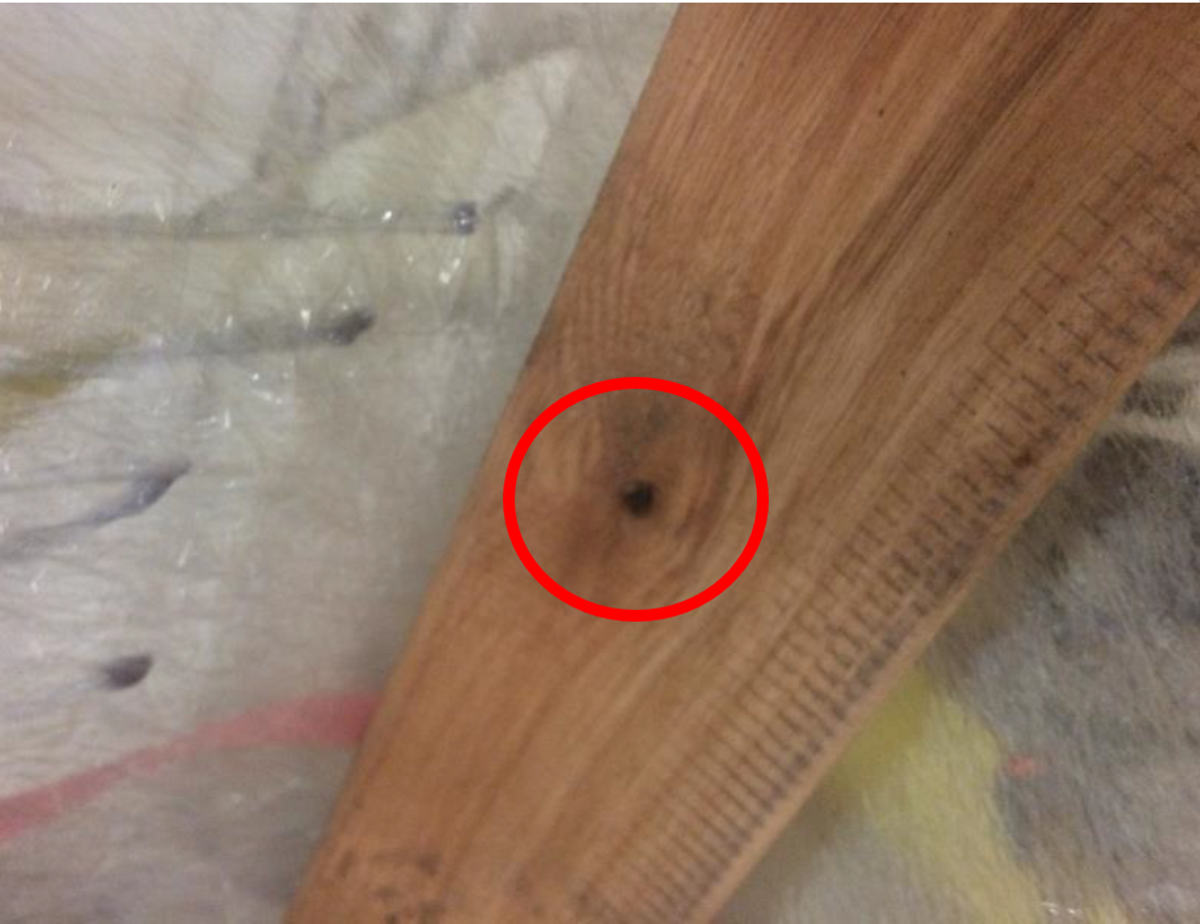Pilot ladder requirements
- Safety Flash
- Published on 28 March 2017
- Generated on 18 December 2025
- IMCA SF 07/17
- 1 minute read
Jump to:
A member has reported an incident in which a vessel was supplied with a new pilot ladder which did not meet International Maritime Organization (IMO) or International Organization for Standardization (ISO) standard.
What happened?
The substandard pilot ladder was noticed by a Pilot in an Australian port. He brought the matter up with the Master via the agent.

showing knots in the steps (circled)

showing knots in the steps (circled)
Actions
Members are reminded to ensure that:
- The technical specification of pilot ladders meets IMO requirements as per Resolution A.1045(27).
- Persons ordering or sourcing new pilot ladders should clearly know the IMO requirements and should specify to suppliers that every step on the ladder should be free of knots.
- New pilot ladders are thoroughly checked before use to verify quality and to ensure that the steps are clear from knots.
- Pilot ladders are always checked by the officer in charge before rigging and use to ensure it is fit for purpose, in good condition and secured properly to the vessel.
Please see the following documents:
- IMO Resolution A.1045(27) PILOT TRANSFER ARRANGEMENTS
- SOLAS Regulation 23 Pilot Ladder transfer arrangements
- IMCA HSS025, LR012, M202 – Guidance on the transfer of personnel to and from offshore vessels and structures
Related safety flashes
-
IMCA SF 17/13
29 November 2013
-
IMCA SF 11/11
27 October 2011
IMCA Safety Flashes summarise key safety matters and incidents, allowing lessons to be more easily learnt for the benefit of the entire offshore industry.
The effectiveness of the IMCA Safety Flash system depends on the industry sharing information and so avoiding repeat incidents. Incidents are classified according to IOGP's Life Saving Rules.
All information is anonymised or sanitised, as appropriate, and warnings for graphic content included where possible.
IMCA makes every effort to ensure both the accuracy and reliability of the information shared, but is not be liable for any guidance and/or recommendation and/or statement herein contained.
The information contained in this document does not fulfil or replace any individual's or Member's legal, regulatory or other duties or obligations in respect of their operations. Individuals and Members remain solely responsible for the safe, lawful and proper conduct of their operations.
Share your safety incidents with IMCA online. Sign-up to receive Safety Flashes straight to your email.